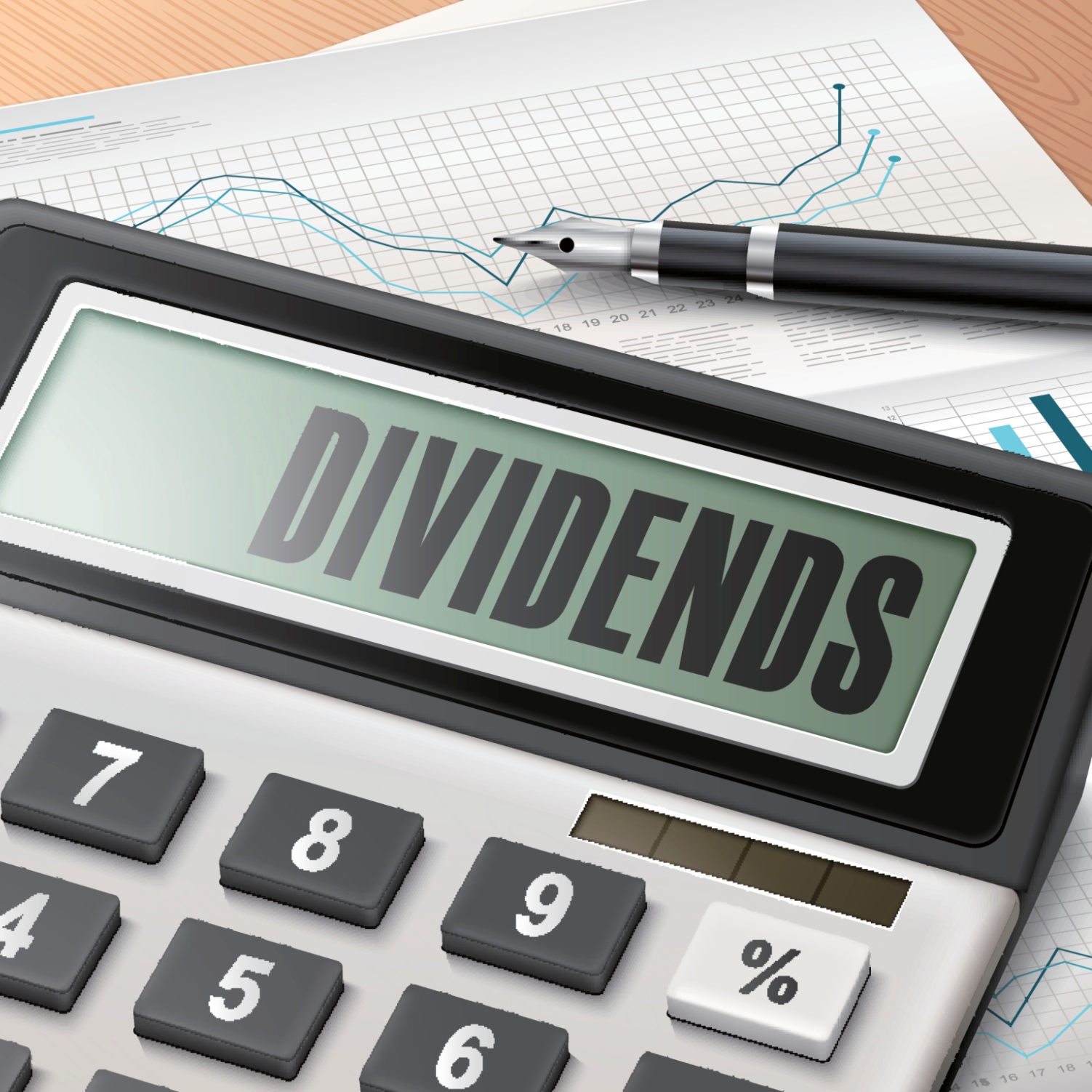Energy
Did Chevron Just Force Exxon Mobil Into Dividend Hikes No Matter What?

Published:
Last Updated:

Chevron Corp. (NYSE: CVX) was hosting its annual analyst meeting in New York. The company said that it was reiterating priorities, which focused on its near-term outlook and showed how it is in an advantaged position for when the energy markets recover.
What stands out here is not just the forecast for production growth, nor in the new round of spending cuts. Chevron is taking the steps to protect its dividend. This matters, particularly as it stands with Exxon Mobil Corp. (NYSE: XOM) and that dividend.
24/7 Wall St. has focused on Chevron’s own projections first as that was the news of the day, but we wanted to look specifically at how all the dividend analysis looks on Chevron versus Exxon Mobil. That includes yields, with Chevron out-yielding Exxon Mobil, and it includes what each company’s dividend liabilities mean. It seems hard to believe, but the long and short of the matter is that there is literally a $20 billion dividend liability here if you combined the payouts from each company.
The company’s project completions and shale drilling efficiency are targeting a capital spending (capex) budget for 2017 to 2018 at a range of $17 billion to $22 billion per year. Chevron said back in late 2015 that 2017 to 2018 spending would be roughly $20 billion to $24 billion.
What matters now is that Chevron’s 2015 net income of $4.6 billion was the lowest in 13 years. Still, it posted a loss in the fourth quarter. and that was the first real quarterly operating loss going back to 2002.
To accommodate the cost cutting already on the books, over 3,000 layoffs were seen in 2015 and roughly 4,000 will be seen in calendar 2016. Exxon has so far tried to avoid serious layoffs, although with a 25% capex cut planned for 2016 it seems hard to trust that its headcount will remain the same.
Where the big news is also not even in cost rationalization by not spending on longer horizon projects, but that the savings here are obviously being targeted to keep the dividend. Chevron reiterated the importance of dividend growth and maintaining a strong balance sheet. The company noted a history of 28 consecutive years of dividend hikes and plans to limit debt increases beyond 2016.
Chairman and CEO John Watson told the analysts in attendance that investor payouts remain the top priority. Watson specified that this was to “maintain and grow the dividend” and Watson went as far as even saying the company would use its credit line if need be to cover its current quarterly dividend.
Let’s consider one thing here about that dividend. It is currently paid at a rate of $1.07 per share per quarter. That translates to $4.28 per year, and the $89.50 share price translates to a dividend yield of almost 4.8%.
Now let’s consider what this means based on the outstanding shares and market cap. The $168 billion market cap and 1.88 billion common shares outstanding generate an annual dividend liability of roughly $8.05 billion.
With shares at $89.50, Chevron’s consensus analyst target price is $94.05 and its 52-week trading range is $69.58 to $112.20.
Back to Exxon Mobil: this stock also has fallen handily from highs but has recovered from its lows. This company has a $346 billion market cap, and its annualized dividend of $2.92 per share per quarter generates a yield of 3.5%. This puts Exxon Mobil’s dividend liability at just above $12 billion per year.
If Chevron is talking about continuing and growing its dividend and it has a higher yield than Exxon Mobil, did Chevron just force Exxon Mobil into a no-win situation where it may have to hike its payout whether it wants to or not? When Exxon gave its 25% capex cut projections, Chairman and CEO Rex Tillerson also talked about maintaining and growing the dividend. Exxon also raised roughly $12 billion in new capital in a recent bond offering, and that capital will likely be used to keep or grow the payout ahead.
Chevron’s commentary and formal quotes for the analyst meeting were as follows:
Dividends are not the only game in town for shareholders wanting a return of capital. That being said, stock buybacks from the energy sector have ground to a crawl. It seems hard to imagine that a dividend hike would be seen in this oil and gas pricing climate.
Companies have learned over the past 100 years that cutting their dividends can create very unhappy shareholders. So, should companies really be expected to grow their dividends in extremely hard times?
Retirement can be daunting, but it doesn’t need to be.
Imagine having an expert in your corner to help you with your financial goals. Someone to help you determine if you’re ahead, behind, or right on track. With SmartAsset, that’s not just a dream—it’s reality. This free tool connects you with pre-screened financial advisors who work in your best interests. It’s quick, it’s easy, so take the leap today and start planning smarter!
Don’t waste another minute; get started right here and help your retirement dreams become a retirement reality.
Thank you for reading! Have some feedback for us?
Contact the 24/7 Wall St. editorial team.